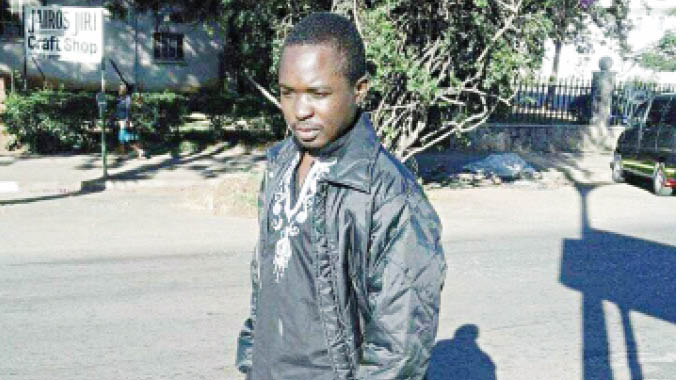Applying for a Protection Order; A brief look at the Domestic Violence Act

THE passing of the Domestic Violence Act (DVA) into law was celebrated countrywide as it was seen as a piece of legislation that survivors of Domestic Violence (DV) would use to protect themselves from abuse. On the part of women, the question is, has this Act effectively protected them from DV, especially the ones seeking protection from their spouses or partners. It must be noted that the Act does not only protect women, but it also protects men.
However, it is common cause that the majority of survivors of DV are women, and the perpetrators are usually their spouses or partners. This may be due to patriarchy, customary practices and their living realities.
Despite the enactment of the DVA, women continue to be victims of domestic violence in their homes regardless of their status in society. The DVA defines many forms of DV, such as physical abuse, verbal abuse, emotional or psychological abuse, intimidation, harassment, sexual abuse, stalking, economic abuse, deprivation of use of household property and abuse stemming from cultural practices etc.
The Act also specifies how the survivor can be assisted and above all, it provides for a Protection order for the survivor. A Protection Order is granted at the Magistrates court it can order the perpetrator to stop any abusive action or conduct that the survivor would have complained about, including but not limited to paying medical expenses incurred by the survivor as a result of the assault.
When applying for a Protection Order, the complainant fills in forms and affidavits with specific details of the perpetrator, such as what the perpetrator does to her/him, states the relief that s/he is seeking for example, that the perpetrator stop assaulting her/him etc.
Thereafter, these papers should be filed at the nearest Magistrates court following which a copy is taken to the nearest police station to where the perpetrator resides so as to have him served. The application for a Protection Order can either be granted or dismissed, or the court may order them to undergo counselling.
If the Protection Order is granted, how protective is it against further abuse? As indicated above a Protection Order is a court order written on a piece of paper which the perpetrator may obey or decide not to. If there is non-compliance with the order the survivor should go to the police as the Protection Order is issued together with a warrant of arrest. The survivor/complainant may also face abuse from the perpetrators family and or ridicule from friends who disagree with the stance to apply for a Protection Order.
Depending on the harm suffered by the complainant, the court has various options on the course of action. In extreme instances where there is defiance the perpetrator may face a jail term. This may be discouraging to survivors especially in instances where the perpetrator is the breadwinner.
For some perpetrators, the fear of being dragged to court is a deterrent as it stops them from being abusive, especially when considering the warrant of arrest that is attached to the Protection Order. Others may want to protect their image in the society and also want to keep their jobs, hence may not want to defy the Protection Order.
However, despite the challenges, survivors of DV are encouraged to apply for Protection Orders as it may be the only way to protect themselves rather than risk dying in silence by accepting that their destiny is to suffer in abusive relationships.









Comments